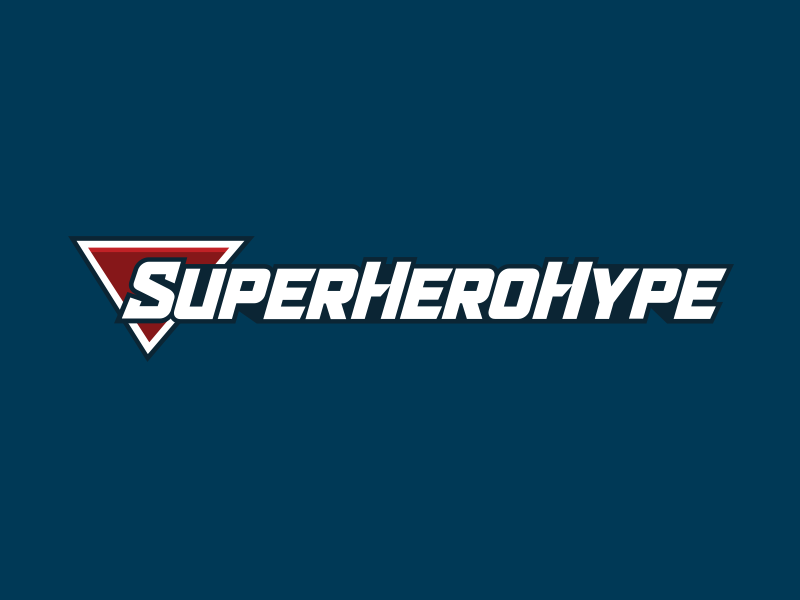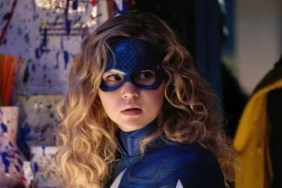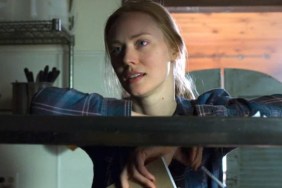
In 1996, Neil Gaiman was wrapping up his seven-year run writing the highly-praised comic book “The Sandman,” so there was a lot of interest in his next project Stardust, a prose fantasy tale with illustrations by frequent collaborator Charles Vess. It was serialized by DC Comics’ Vertigo imprint before being collected and reprinted in various formats,…






